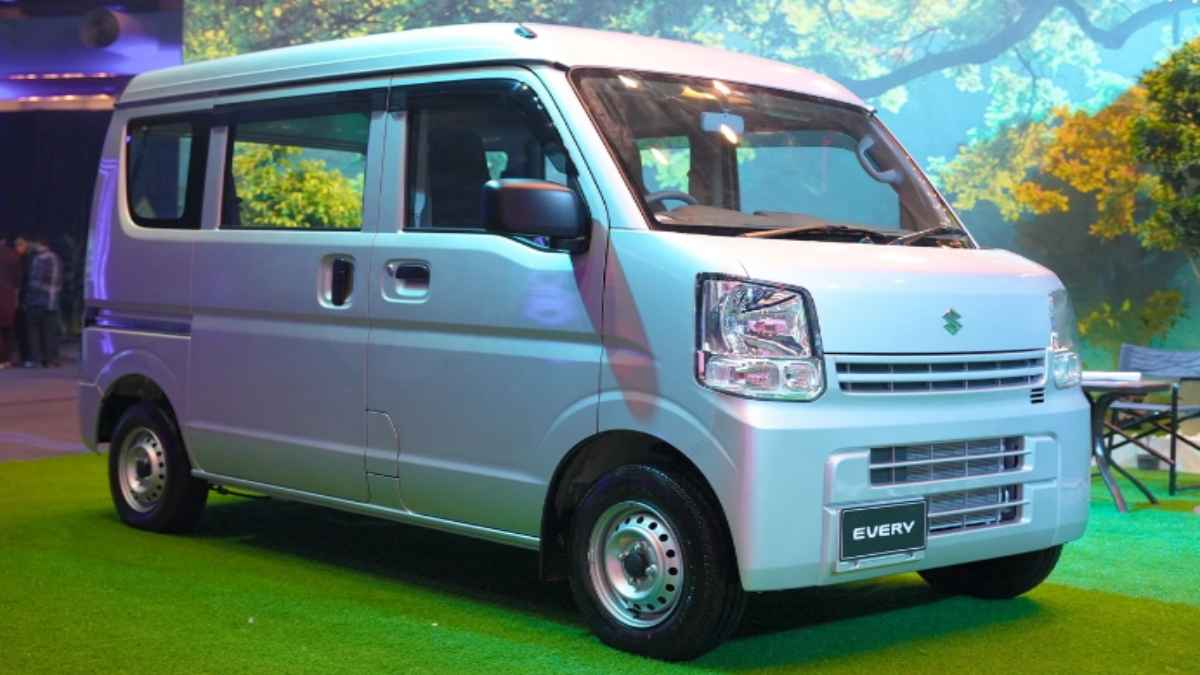Every Vehicle: Top Automotive Trends to Watch in 2025
The automotive industry is undergoing a transformative shift in 2025, with innovations that are redefining how every vehicle operates, connects, and integrates into our daily lives. From advancements in electric vehicles (EVs) to the rise of autonomous driving, this article delves into the key trends shaping the future of transportation.
1. The Rise of Software-Defined Vehicles (SDVs)
In 2025, every vehicle is becoming more than just a mode of transportation; it’s evolving into a software-driven entity. Software-defined vehicles (SDVs) utilize advanced computing systems and artificial intelligence (AI) to deliver personalized features, update functionality over time, and integrate seamlessly with connected ecosystems. This shift allows for continuous upgrades and a longer lifecycle of usability, enhancing the overall driving experience. PTC+1The Future of Commerce+1
2. Autonomous Driving: A Step Closer to Reality
While fully self-driving cars may not be ubiquitous by 2025, significant progress is being made in autonomous driving technology. Features such as highway self-driving and urban autonomy are becoming increasingly sophisticated, making commuting safer and more efficient. Ride-hailing services using autonomous vehicles are also expanding in select cities, offering a glimpse into a future where personal car ownership may decline in favor of shared, driverless mobility solutions. Keybe AI+2PTC+2kupperautomotivenews.com+2
3. Connectivity and the Internet of Vehicles (IoV)
By 2025, every vehicle will be deeply integrated into the Internet of Vehicles (IoV), enabling seamless communication between vehicles, infrastructure, and smart city systems. This level of connectivity will enhance navigation, improve traffic management, and create new opportunities for personalized in-car experiences. The integration of 5G connectivity will support real-time data sharing, while advancements in vehicle-to-everything (V2X) communication will improve road safety and efficiency. PTC+1kupperautomotivenews.com+1
4. Sustainable Manufacturing and Eco-Friendly Materials
As sustainability becomes a central focus, automakers are rethinking their manufacturing processes to minimize environmental impact. Beyond transitioning to electric vehicles, companies are adopting more sustainable materials, renewable energy in production, and recycling systems for vehicle components. This commitment to eco-responsible practices is evident in the use of lightweight, bio-based materials to reduce vehicle weight and incorporating vegan alternatives to leather. PTC+1kupperautomotivenews.com+1lectra.com
5. AI-Powered Predictive Maintenance
Artificial intelligence is transforming vehicle maintenance by harnessing connected vehicle data to predict health risks and optimize targeted service plans for every vehicle on the road. Predictive maintenance can improve customer experiences, reduce on-the-road failures, and deliver customized recommendations to customers. This proactive approach enhances vehicle reliability and opens up new digital revenue streams for manufacturers. viaduct.ai
6. Subscription-Based and Flexible Ownership Models
As car ownership trends change, so do the ways people access vehicles. In 2025, subscription-based services are gaining popularity as an alternative to traditional car ownership. Companies like Volvo and Porsche are offering flexible subscription models that allow consumers to pay a monthly fee for access to a variety of cars without the long-term commitment of purchasing or leasing. These services typically include maintenance, insurance, and other perks, making it easier for consumers to experience different types of vehicles without the hassle of ownership. globalleadersview.com
7. The Growth of Shared Mobility
The concept of shared mobility, which includes services like carsharing, ridesharing, and on-demand vehicles, has gained popularity in cities and will continue to be a major trend through 2025. The number of users of shared mobility services is expected to reach 500 million globally by 2025. This trend has the potential to reduce the number of vehicles on the roads, alleviating congestion and emissions. Keybe AI
8. Hydrogen-Powered Vehicles: A Sustainable Alternative
While electric vehicles are dominating the market, hydrogen-powered cars are also gaining traction in 2025. Hydrogen fuel cell technology offers the promise of zero-emissions driving with quick refueling times and long driving ranges, making it an appealing option for those who need a vehicle with high performance and long-distance capabilities. Automakers like Toyota and Hyundai are already producing hydrogen-powered models, and the infrastructure for hydrogen refueling stations is slowly expanding. globalleadersview.com
9. The Impact of Global Policies on EV Adoption
Global policies are playing a significant role in shaping the adoption of electric vehicles. For instance, China has become a leader in EV sales, with affordability being a key driver. In contrast, the U.S. market has experienced only modest growth due to higher EV prices and limited low-cost models. However, policy changes, such as California’s plan to end sales of gasoline-only vehicles by 2035, are influencing the market dynamics and pushing for a transition towards cleaner transportation options. The Australian+1businessinsider.com+1Reuters
Conclusion
The automotive landscape in 2025 is marked by rapid advancements in technology, sustainability, and mobility solutions. Every vehicle is becoming smarter, more connected, and more eco-friendly, offering consumers a more personalized and efficient driving experience. As these trends continue to evolve, the future of transportation looks promising, with innovations that cater to the needs of a modern, environmentally-conscious society.
FAQ Section
1. What is a software-defined vehicle (SDV)?
A software-defined vehicle (SDV) is a vehicle that relies on software to control and manage various functions, allowing for over-the-air updates and personalized features.PTC+1The Future of Commerce+1
2. How is AI used in predictive maintenance for vehicles?
AI analyzes data from connected vehicles to predict potential issues, enabling proactive maintenance and reducing the likelihood of unexpected breakdowns.
